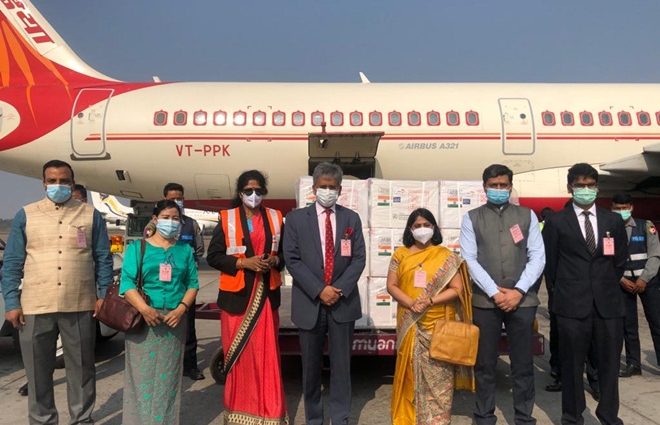Airfares generally skyrocket when a disaster hits. Be it Chennai flood, cloudburst in Leh or massive earthquake in Kathmandu, private carriers jacked up prices to and from the affected cities. When public backlash started, government intervened and directed airlines to desist from the practice of overcharging.
This has happened despite a civil aviation regulator in place and several watchdogs including media keeping an eye on unfair trade practices. This clearly shows weak regulatory mechanism in the aviation sector.
While government has set up Airports Economic Regulatory Authority of India (AERA) to fix reasonable charges by airport operators and keep monopolistic tendencies at bay, Directorate General of Civil Aviation (DGCA) is tasked with the responsibility of dealing with predatory or excessive pricing by airlines.
Almost a decade after it was set up, AERA is still a greenhorn given that it relies heavily on outside experts, on the other hand DGCA has often been accused of waking up late on issues of safety and over-charging by private airlines.
Given the scenario, state-owned Airports Authority of India (AAI) and national carrier Air India have mostly acted as regulators in their respective spaces. AAI has been providing world class services at lower rates thus keeping the cost of flying affordable. Air India on the other hand has stepped in as and fixed lower ticket prices on routes where private carriers fleeced common man.
General public has immensely benefitted from the presence of two public sector enterprises (PSEs). The government is, however, hell-bent to sell Air India lock, stock and barrel while pushing AAI into perennial loss. The decision seems to have got accentuated more to plug fiscal holes than driven by a rational thought. Unfortunately, this has been the case with many key decisions of the government.
A considerably weak opposition has ensured that the government gets away with all its follies.
In absence of solid brainstorming and consultation, the real issues remain unaddressed. In both the case of Air India and AAI, the only failure which could be pointed out as a reason for privatising them, in part or full, is lack of swift decision-making.
As regards AAI, one could highlight its inability to monetise land or non-aeronautical assets. In case of Air India, the main reason for its colossal losses is bulk purchase order for aircraft. So, the buck stops in both the cases on the government.
If AAI goes for real estate development and monetise its non-aeronautical assets, there are high chances that all the concerned officers would be booked by CBI and go to jail. It thus makes sense for the officers to not touch land issues. Similarly, Air India officers also postpone decisions when it comes to sale and lease back of aircraft, buying engines or recruitment of staff.
One can well imagine the plight of Air India management if they purchased Pratt & Whitney engines. IndiGo has suffered badly from its decision to go for Pratt & Whitney engines and A320 Neo airplanes but their management has never been in the dock for the same. The reasons is that a bona fide decision cannot be questioned. This is the reason private enterprises thrive while public sector suffers. The government still has time to save AAI from winding up and stop Air India from disappearing from Indian skies.
If just losses are the reason for selling an entity, Vistara has never made any profit so far!

